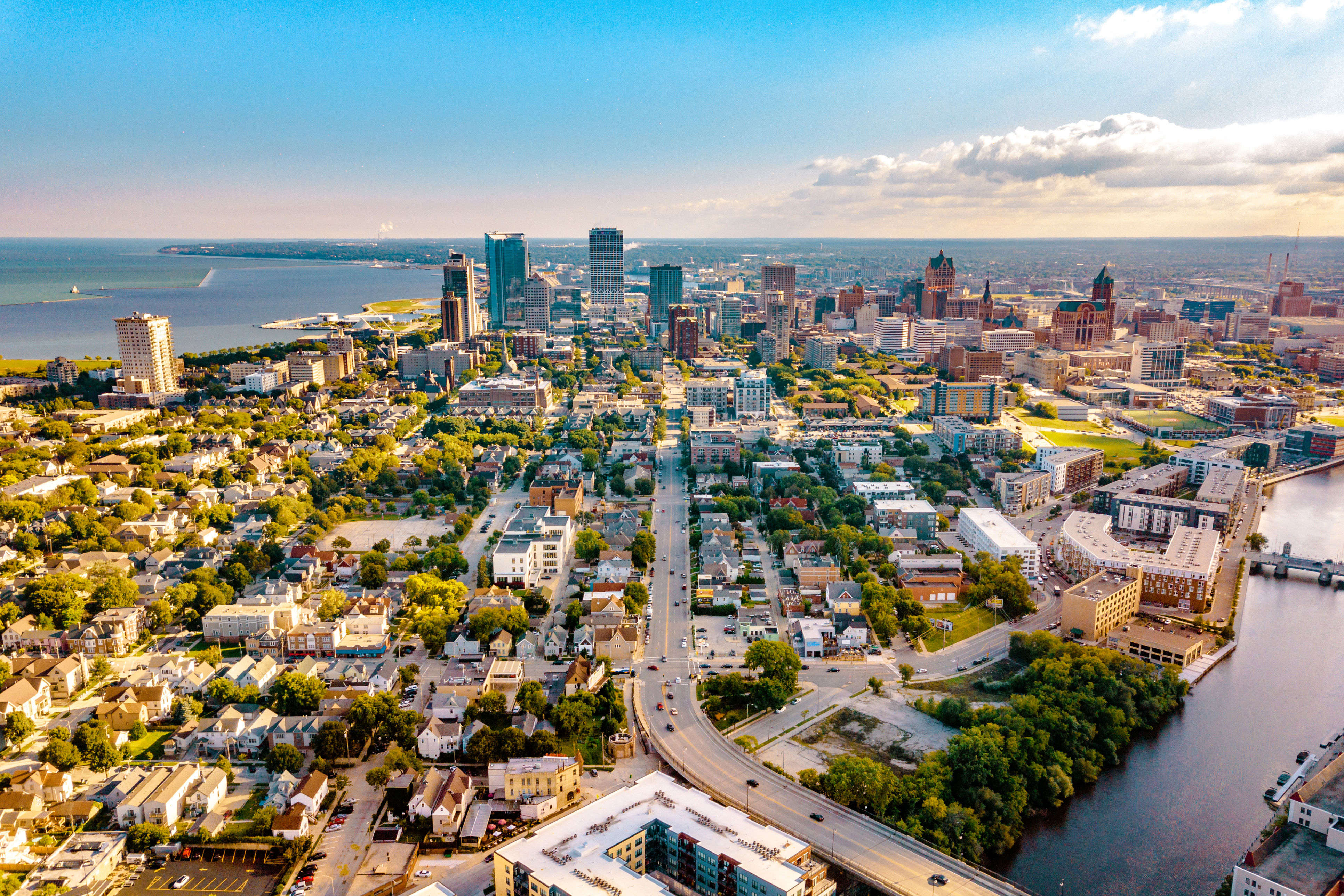The National Weather Service’s Climate Prediction Center is growing more confident in the emergence of a La Niña weather pattern later this year, and it would have significant impacts on fall and winter weather in the Chicago area.
Most Chicago residents expect cold weather and some snow during the winter months, but just how frigid it will get and how much snow the area will receive are a subject of a heated debate among forecast models.
The National Weather Service only has predictions available through the end of 2024, while the Farmer’s Almanac has released its forecast for the full winter of 2024-25, and both are predicting different events to occur.
Here’s what we know.
What does the Farmer’s Almanac say?
Recently, the Farmer’s Almanac released its winter weather forecast for the upcoming year, and predicted cold and dry conditions for the area around the Great Lakes, including northeastern Illinois and northwest Indiana.
The forecast also called for snowy conditions along the Mississippi River, and cold and snowy conditions in southern Illinois and southern Indiana.
How accurate are these predictions?
Local
The publication claims a success rate of 80% with its predictions, though many studies have contested that figure over the years.
Many meteorologists dispute the accuracy and the methodology employed by the publication. One such study, conducted by the University of Illinois and cited by Popular Mechanics, holds that the Old Farmer’s Almanac is only correct 52% of the time, which essentially represents the odds of a coin flip landing on either heads or tails.
Feeling out of the loop? We'll catch you up on the Chicago news you need to know. Sign up for the weekly Chicago Catch-Up newsletter.
What does the NWS say?
The National Weather Service’s Climate Prediction Center only has an outlook that runs through the conclusion of meteorological fall, which ends on Nov. 30. That outlook is leaning toward above average temperatures in the Chicago area during that time, and about equal chances of either wetter or drier conditions than normal.
Where the forecast really comes into play is when it comes to the emergence of a La Niña pattern. The NWS says there is a 74% chance of La Niña emerging during the first two months of winter in December and January.
La Niña patterns occur when sea-surface temperatures along the equator in the Pacific Ocean are unusually cold. Trade winds then grow in strength, pushing warmer water toward Asia, which then allows cool water to rise to the surface near the west coast of the Americas.
Those cool waters push the jet stream northward, drawing in moisture that pelts the western United States with rain. Other parts of the country are also impacted.
In the Chicago area specifically, winters associated with a strong La Niña pattern tend to have warmer temperatures, but also to have more snowfall, with more frequent blizzards and winter storms impacting the area, according to Illinois’ state climatologist.
The publication did caution that impacts can vary widely based on the strength of the pattern, and that there are fewer La Niña’s to base predictions off of.
A new La Niña forecast is expected to be released later this week.



